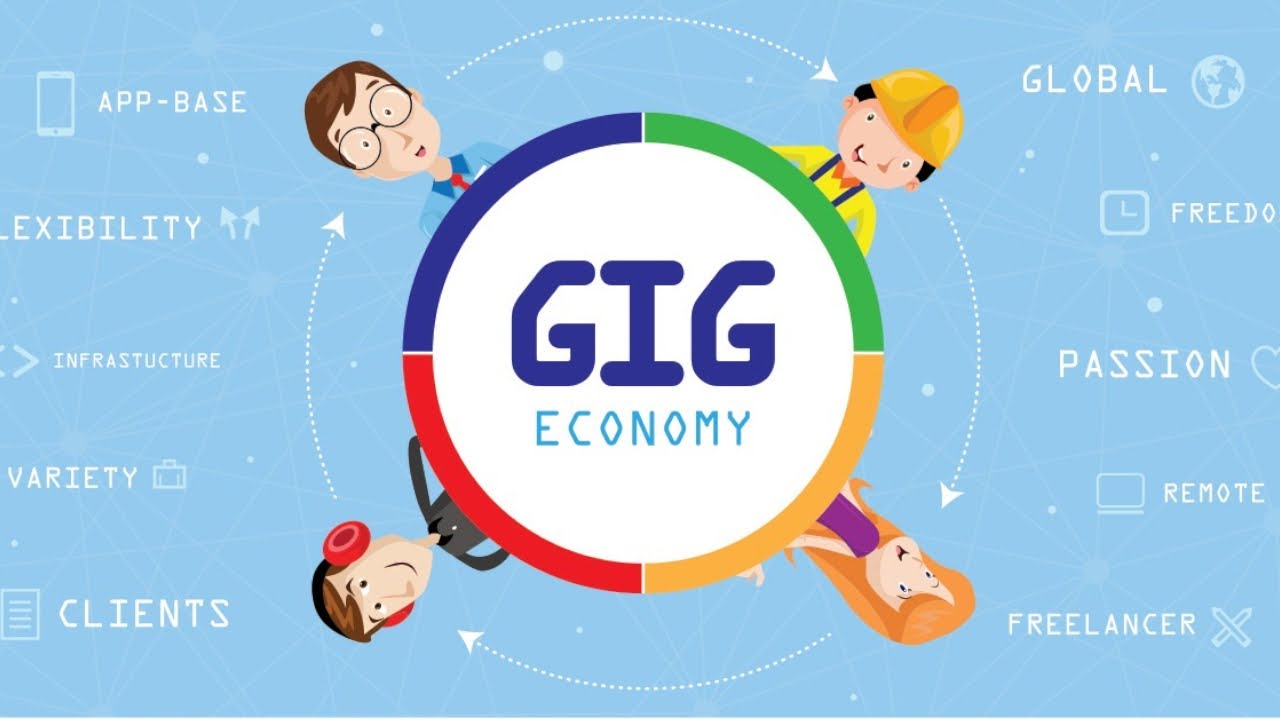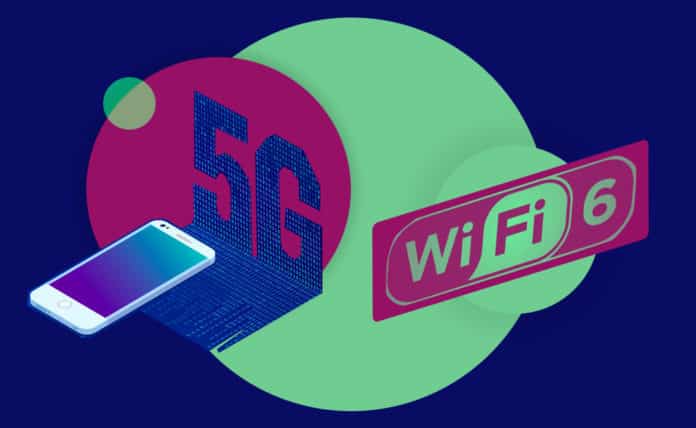Technology and the Gig Economy: What You Need to Know
The rise of technology has dramatically reshaped the global workforce, giving birth to what is now known as the gig economy. Characterized by short-term, flexible, and freelance work, the gig economy is powered by digital platforms and mobile applications. Whether you’re a freelancer, entrepreneur, or employer, understanding how technology influences this modern work model is crucial for staying competitive and informed.
What is the Gig Economy?
The gig economy refers to a labor market driven by freelance, contract, or part-time work instead of traditional full-time employment. Workers take on temporary roles or “gigs” through digital platforms that connect them with businesses or individual clients. Examples include ride-sharing, food delivery, graphic design, programming, and writing.
How Technology Fuels the Gig Economy
The gig economy could not thrive without advancements in technology. From cloud computing and mobile apps to AI-driven algorithms and payment gateways, tech innovations have created a seamless environment for on-demand work.
1. Digital Platforms and Marketplaces
Apps like Uber, Fiverr, Upwork, TaskRabbit, and DoorDash have revolutionized how people find work. These platforms serve as intermediaries, allowing workers to offer services and clients to hire with ease. They provide built-in communication, billing, and review systems to support remote collaboration and trust.
2. Mobile Technology
Smartphones have made it possible for gig workers to work anytime, anywhere. Whether accepting a ride request, delivering food, or completing a freelance task, mobile apps provide real-time notifications, GPS tracking, and instant communication, increasing productivity and flexibility.
3. Cloud-Based Tools
Cloud storage, project management software, and real-time collaboration tools like Google Workspace, Trello, and Slack allow freelancers to work with clients worldwide. These tools eliminate the need for physical offices, making remote work accessible to nearly everyone.
4. Online Payment Systems
Platforms such as PayPal, Stripe, and Wise offer fast and secure payment solutions for gig workers across borders. Automation of invoicing and payment processes ensures timely compensation and improves cash flow management for freelancers.
5. Artificial Intelligence and Automation
AI-powered features like smart matching, chatbots, and algorithmic task distribution optimize efficiency on gig platforms. These tools help workers get matched with jobs that suit their skills and preferences, while helping clients find the right talent faster.
Benefits of the Tech-Driven Gig Economy
The gig economy offers numerous advantages for both workers and employers:
Flexibility to choose when and where to work
Opportunities to diversify income streams
Access to a global talent pool
Reduced overhead costs for businesses
Faster turnaround times for projects
Technology makes these benefits scalable and sustainable, especially for startups and small businesses.
Challenges and Considerations
Despite the benefits, the gig economy also presents several challenges:
Lack of job security and benefits such as healthcare or retirement plans
Income instability based on project availability or algorithm changes
Overreliance on platform policies and ratings
Legal and tax complexities for independent contractors
As the gig economy continues to expand, policymakers and companies are exploring ways to offer better protection and support to gig workers.
Future Outlook
Technology will continue to shape the gig economy through advancements in AI, blockchain, automation, and remote collaboration. Platforms may become more specialized, offering tools and communities tailored to specific industries. The integration of virtual reality and augmented reality could also redefine remote freelance opportunities in sectors like education, design, and tech support.
Final Thoughts
Technology is the backbone of the gig economy, enabling flexible work and global opportunities like never before. While it offers incredible advantages, it also requires individuals to adapt, upskill, and stay informed about evolving tools and regulations. By understanding how technology and the gig economy intersect, both workers and businesses can better prepare for a rapidly changing digital workforce.



